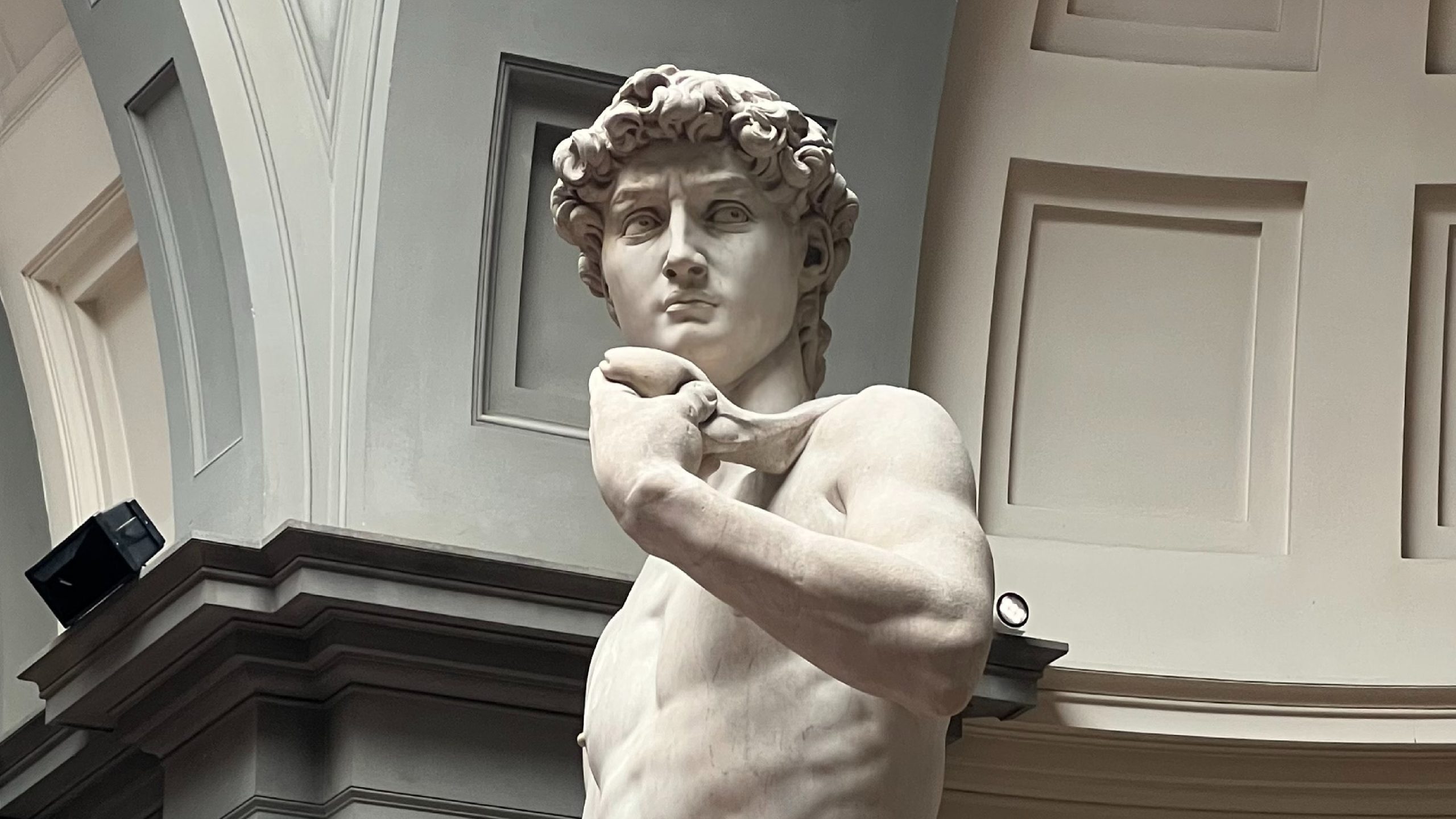Italy, with its rich history and culture, is home to countless works of art that are as captivating as they are significant. One of the most striking forms of art that leave a lasting impact on anyone who visits this country is its statues. These statues serve as timeless symbols of Italy's deep-rooted cultural heritage and its enduring influence on the world of art. They provide us with a glimpse into the minds of their creators, their understanding of the world around them, and their immense talent that could breathe life into lifeless materials. America Domani explores five of the most renowned sculptures that the country has to offer.
David by Michelangelo
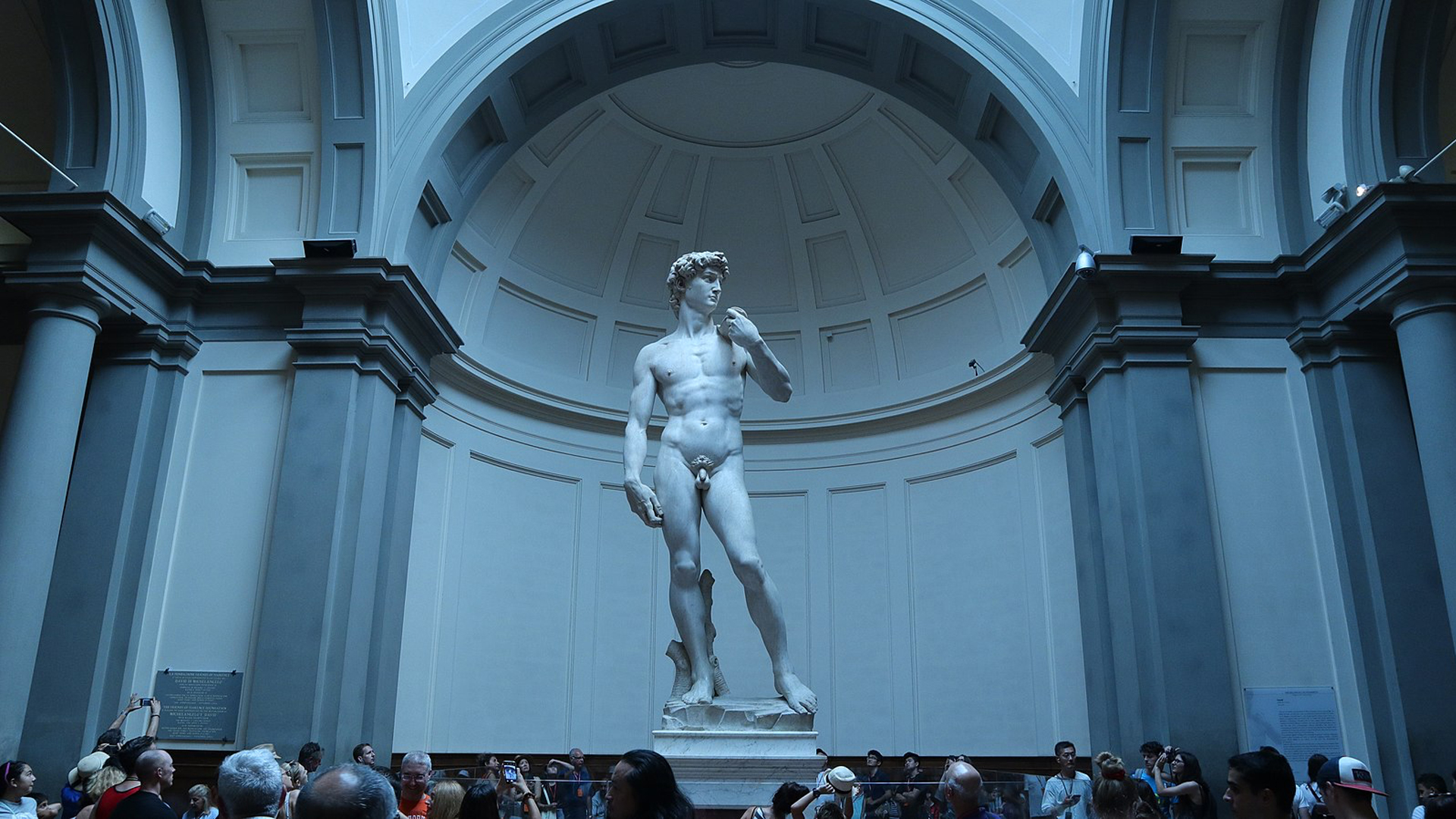
Unveiled in 1504, the Statue of David by Michelangelo Buonarroti is among the most celebrated artworks in the world. Housed in the Galleria dell'Accademia in Florence, it stands 17 feet tall and is carved from a single block of marble. The biblical hero is depicted as he prepares to battle the giant Goliath, capturing a moment of focused tension. David's intricate detailing, especially his muscles, and veins, showcases Michelangelo's masterful understanding of human anatomy and his extraordinary skill as a sculptor.
Laocoön and His Sons
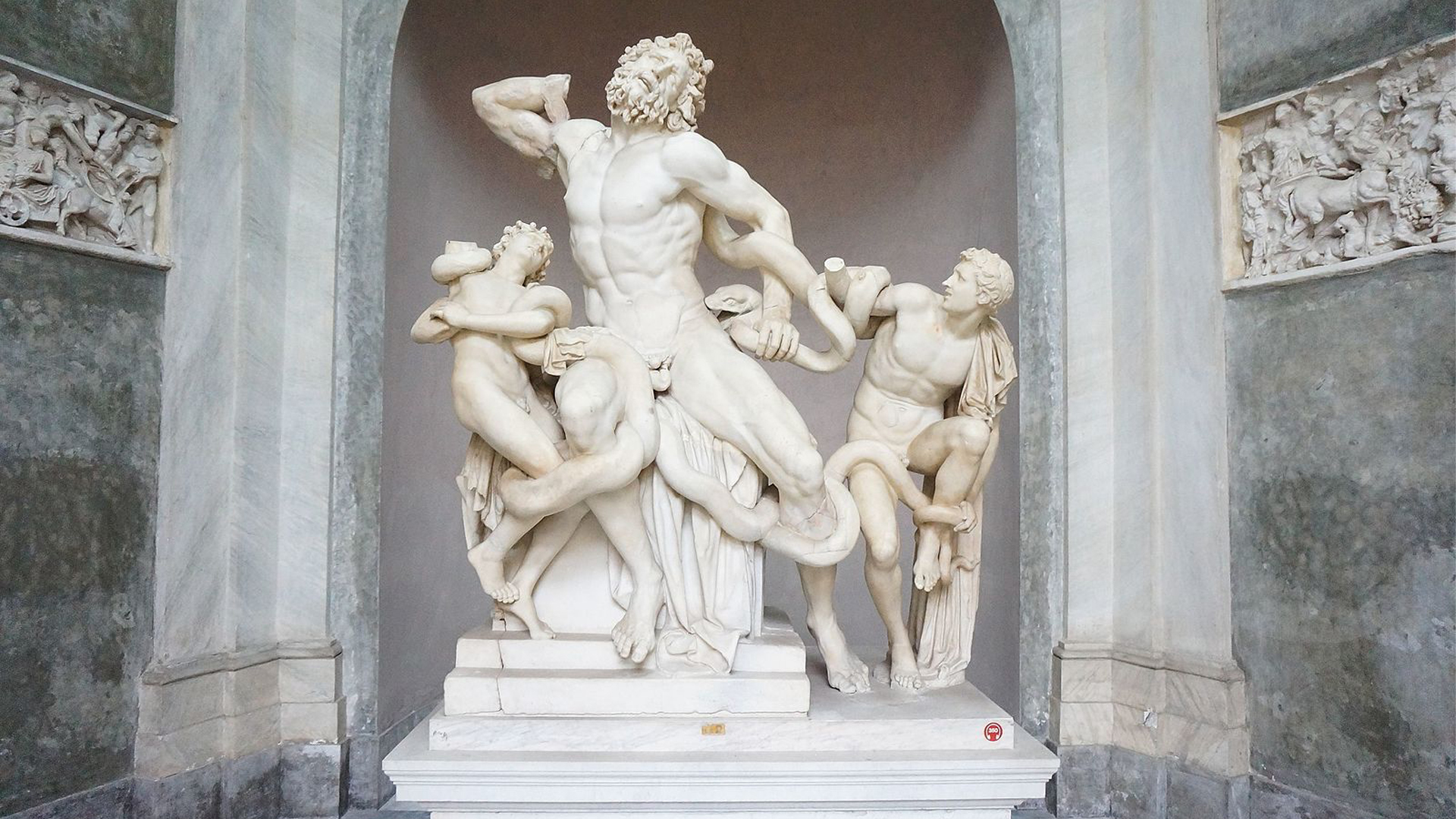
This is a monumental marble sculpture that now resides in the Vatican Museums. Dating back to the first century BC, it depicts the tragic scene from Greek mythology where the Trojan priest Laocoön and his sons are attacked by sea serpents. The raw emotion and physical struggle are powerfully represented, showcasing the deep influence of Hellenistic art.
Pieta by Michelangelo
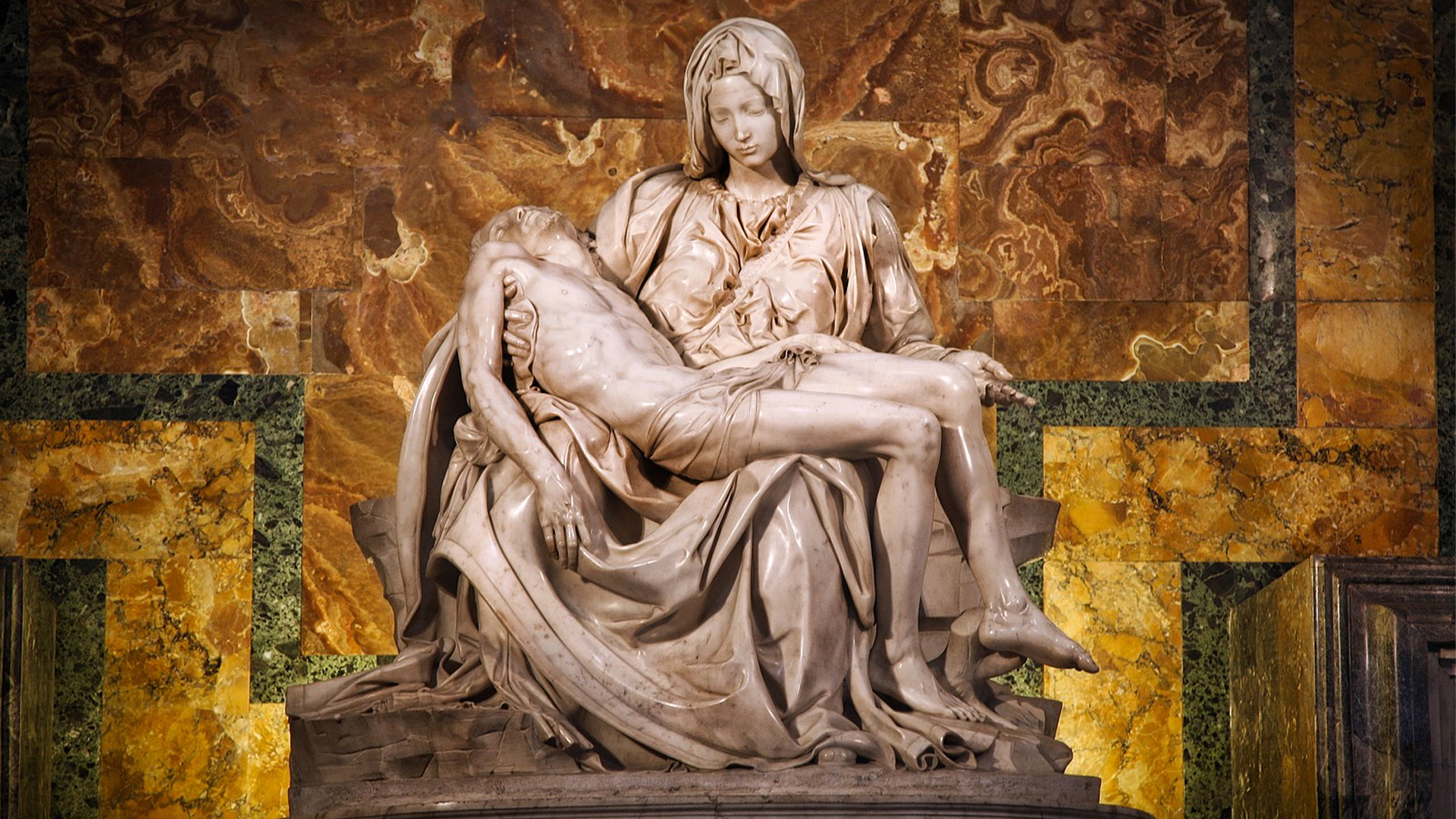
Another masterpiece by Michelangelo, Pieta, is housed in St. Peter's Basilica in Vatican City. Completed in 1499, the statue depicts the Virgin Mary cradling the lifeless body of Jesus after his crucifixion. The depiction of grief and motherly love is truly poignant, with the delicate details, especially on Mary's face, enhancing the overall dramatic impact.
The Rape of Proserpina by Bernini
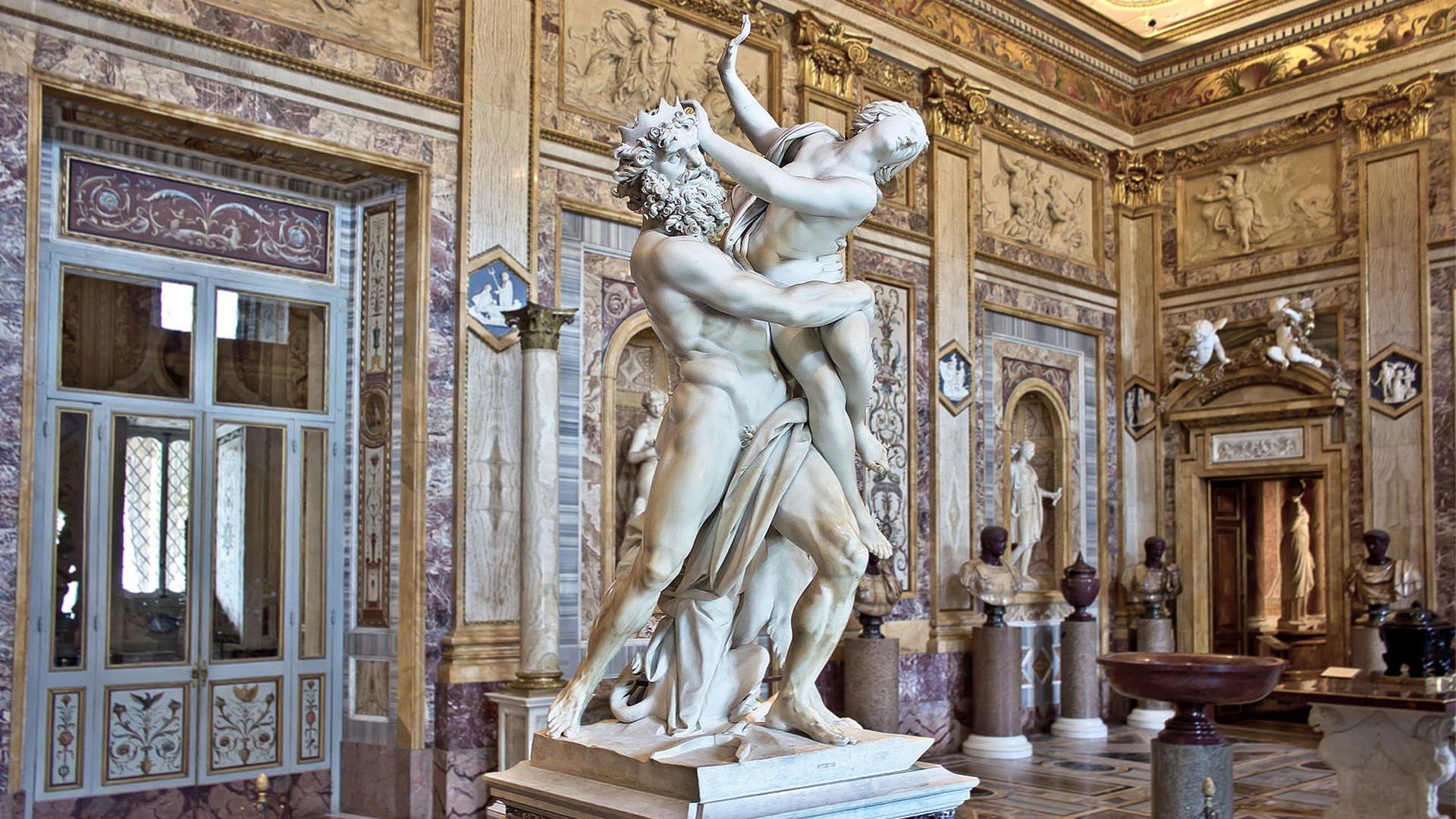
Gian Lorenzo Bernini, the leading sculptor of his age, created this outstanding marble statue in 1622. It's now housed in the Galleria Borghese in Rome. The statue depicts the moment when the god Pluto abducts Proserpina to make her his queen in the underworld. The sheer dynamism of the scene and Bernini's attention to detail, such as the impression of Pluto's fingers on Proserpina's thigh, make this work an iconic example of Baroque sculpture.
Statue of Marcus Aurelius

Standing in the center of the Piazza del Campidoglio on Capitoline Hill, the statue of Marcus Aurelius, a Roman Emperor, is one of the best-preserved Bronze Age statues. This equestrian statue, thought to be erected in 176 AD, was influential in the development of Western art and has been replicated numerous times. The original, due to its historical value, is now preserved in the nearby Capitoline Museums.
These remarkable statues stand as a testament to Italy's enduring contribution to the world of art. Each embodies the spirit of an era and offers an insight into the artistic prowess of the masters who created them.
Arianna DiCicco
Arianna DiCicco is an educator and writer from California, born into an Italian American restaurant family with strong ties to her grandparents’ home in Abruzzo, Italy. She has lived in San Francisco, Rome and New York City where she’s made deep connections within the Italian communities and gained new perspectives about her own culture. With a Masters in International Education, Arianna has a love and passion for learning and educating others about Italian history & culture.


